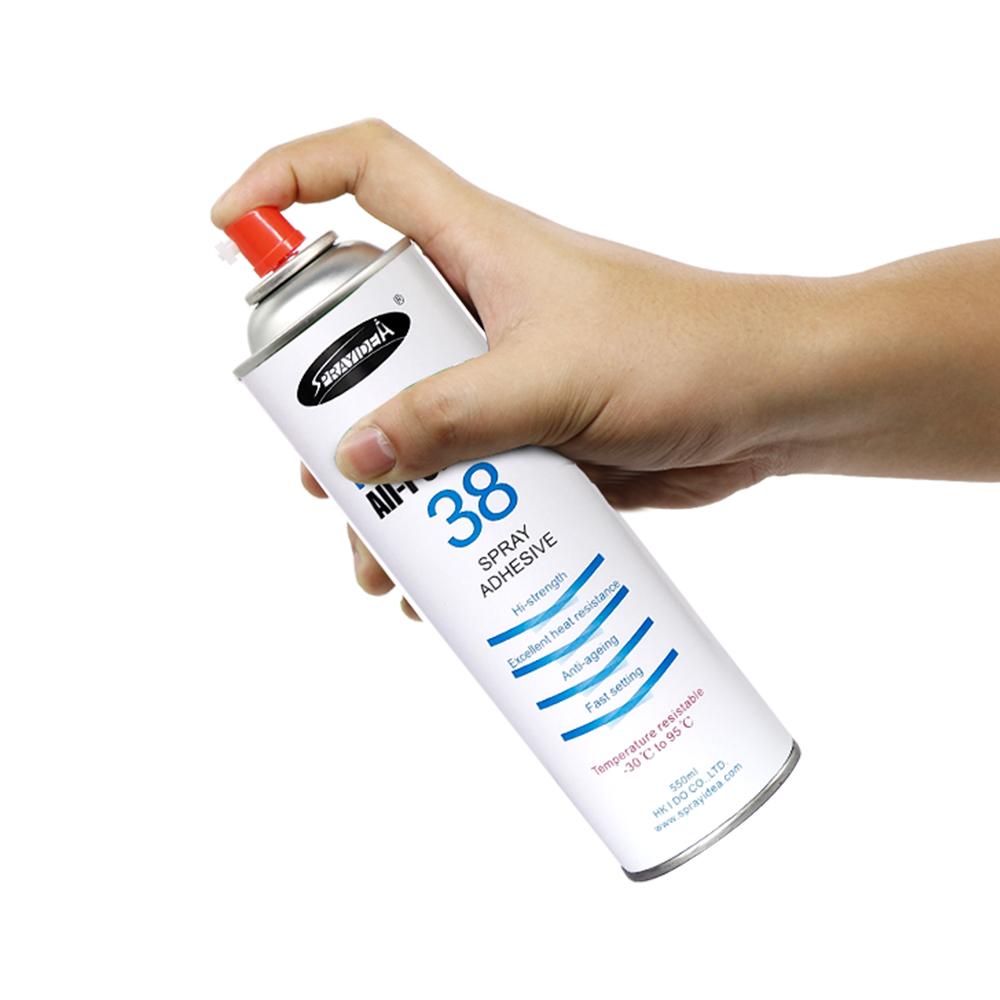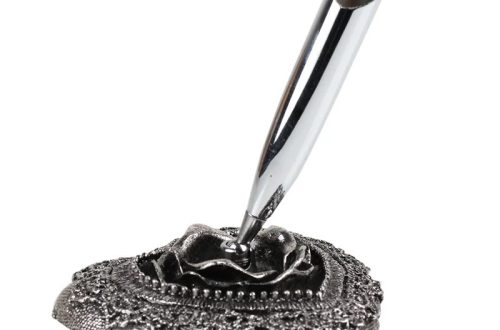Introduction
Adhesives play a crucial role in countless applications across various industries. They bond materials together, making them essential for construction, manufacturing, arts and crafts, and everyday household projects. Understanding what adhesive is and how it works can help you select the right type for your specific needs, whether you are a DIY enthusiast, a student, or a professional contractor.
This article will provide a comprehensive overview of adhesives, their types, properties, and applications, helping you make informed decisions. From understanding the basics to selecting the perfect adhesive, we will cover all aspects of adhesives in detail. This knowledge can enhance brand awareness and motivate potential buyers to explore the best adhesive options for their tasks.
What is Adhesive?
Adhesive is a substance used to bond materials together. It can be found in various forms, including liquids, pastes, and solids. Adhesives work by forming a bond between surfaces upon application, which can create strong, durable connections. In essence, adhesives act as a glue, securing two or more materials without mechanical fastening.
Chemical Composition
The chemical makeup of adhesives varies widely. Most adhesives are made from natural or synthetic polymers. Common types of adhesives include:
– Polyvinyl Acetate (PVA): A white glue commonly used in woodworking and crafts.
– Epoxy: A versatile adhesive that cures to form a strong bond, often used in metal and plastic applications.
– Polyurethane: This product is water-resistant and offers flexibility, making it suitable for outdoor applications.
– Silicone: Known for its versatility and resistance to moisture, silicone adhesives are often used in construction and plumbing.
Knowing what adhesive is made of can help you understand its uses and limitations, guiding your decisions when selecting the right product for your project.
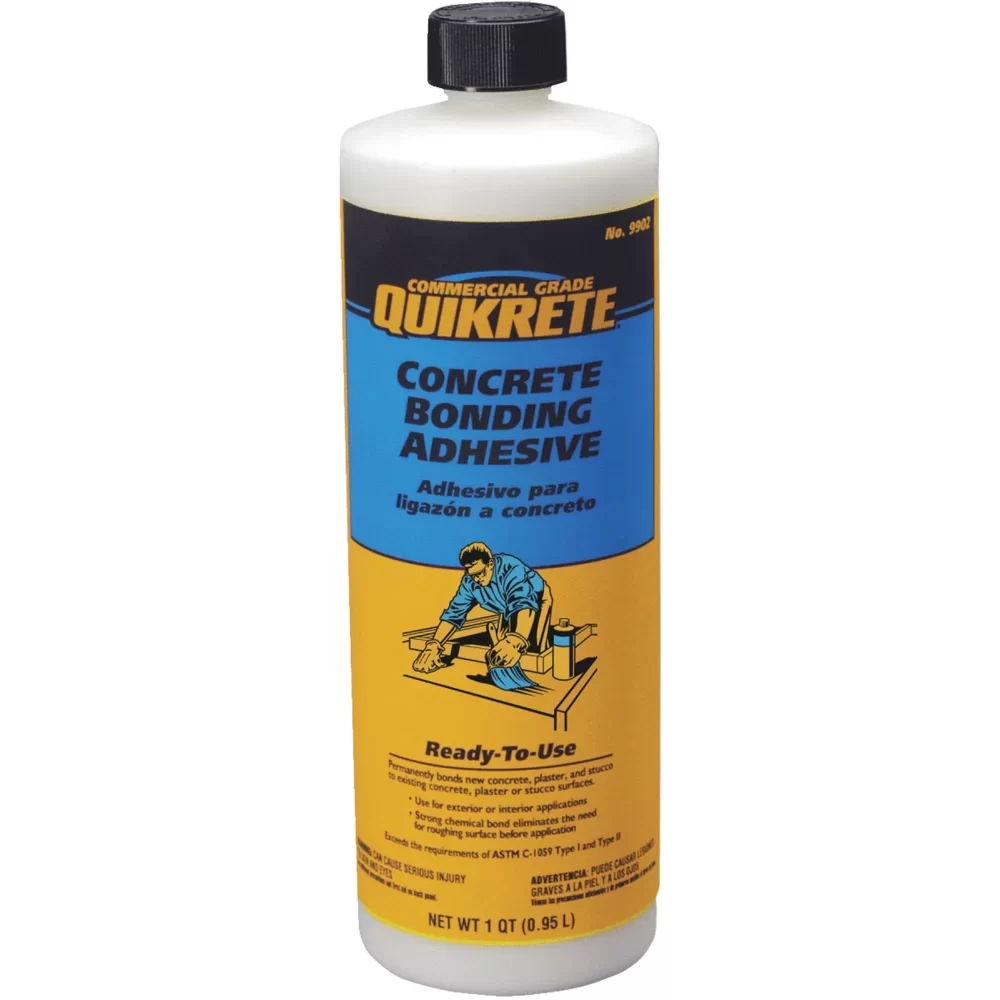
How Adhesives Work
Understanding how adhesives bond materials is critical for selecting the right type for your needs. Adhesion occurs through two primary mechanisms: mechanical adhesion and chemical adhesion.
1. Mechanical Adhesion
Mechanical adhesion involves the interlocking of adhesive with the surface of the materials being bonded. When adhesive is applied, it flows into the microscopic pores and crevices of the surface. As it cures or hardens, it locks into these spaces. This type of adhesion is especially effective with rough or textured surfaces.
2. Chemical Adhesion
Chemical adhesion occurs when the adhesive forms chemical bonds with the surfaces of the materials. This bond can be stronger than mechanical adhesion and often results from specific chemical interactions between the adhesive and the materials. Chemical adhesives typically require precise curing conditions to achieve optimal bonding strength.
How Adhesives Work on Different Materials
When selecting an adhesive, consider the materials you want to bond. Some adhesives work best with specific surfaces, such as:
– Wood: PVA and polyurethane adhesives are ideal for woodworking projects.
– Plastic: Cyanoacrylate (super glue) and epoxy are suitable for bonding plastics.
– Metal: Epoxy and polyurethane adhesives work well for metal-to-metal bonding.
– Ceramics: Epoxy and silicone adhesives are ideal for ceramic repairs.
By understanding how different adhesives work, you can choose the right one to achieve a strong bond in your projects.
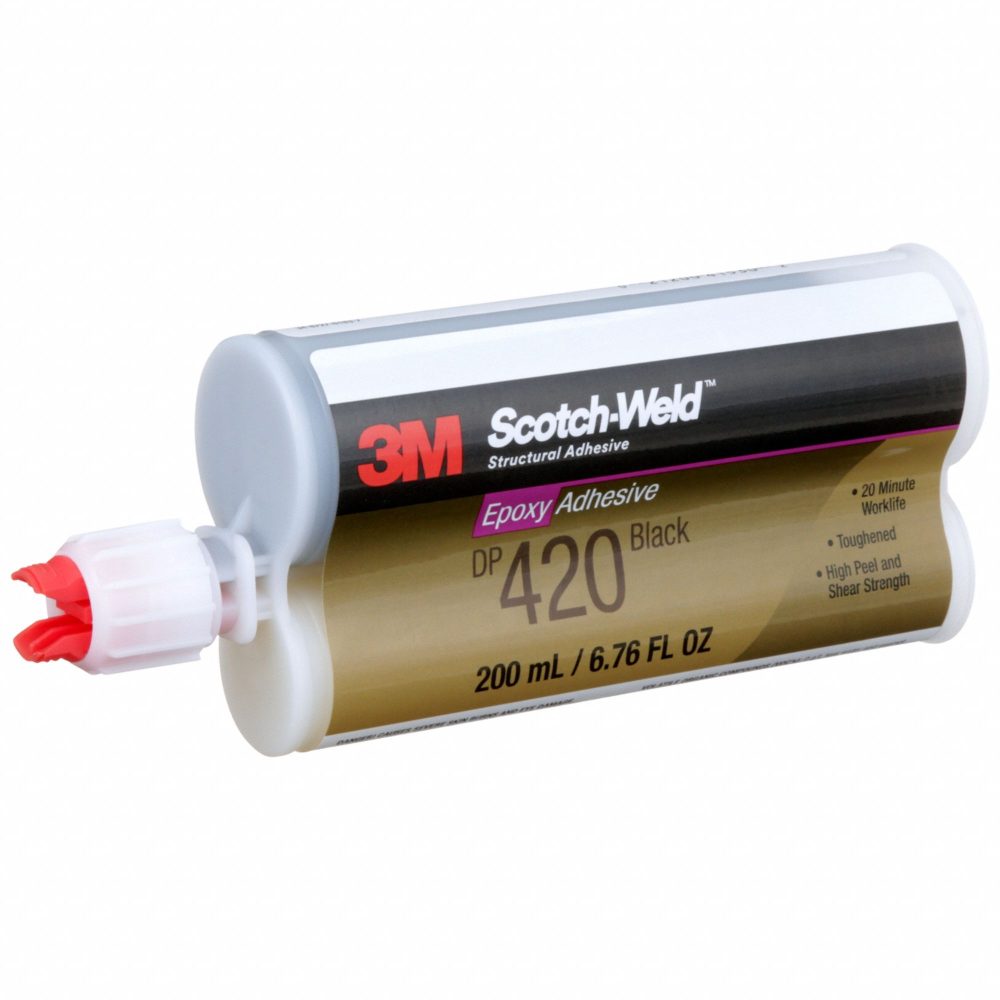
Adhesive Properties
When selecting an adhesive, it is essential to consider its properties. Different adhesives possess unique characteristics that determine their suitability for various applications. Here are some critical properties to consider:
1. Viscosity
Viscosity refers to the thickness of the adhesive. A high-viscosity adhesive is thicker and may be more challenging to spread, while a low-viscosity adhesive is thinner and flows easily. Choosing the right viscosity can impact your project’s application and bonding strength.
2. Curing Time
Curing time is the duration it takes for an adhesive to develop its full bond strength. Some adhesives, such as epoxy, may require several hours to cure fully, while others, like super glue, may bond in minutes. Consider how curing time impacts your project timeline when choosing an adhesive.
3. Temperature Resistance
Some adhesives are designed to withstand extreme temperatures, while others may degrade under heat. When working on projects subjected to high temperatures, ensure you select an adhesive that can maintain its integrity in those conditions.
4. Flexibility
Flexibility is essential for adhesives used in applications like textiles or items that experience movement. Some adhesives remain flexible when cured, while others harden entirely. Choose an adhesive with the right level of flexibility for your project’s requirements.
By evaluating these properties, you can find the ideal one for your needs.
Choosing the Right Adhesive
Selecting the appropriate adhesive can significantly affect the success of your project. Here are some practical tips to guide the process:
1. Identify the Materials to Bond
Begin by determining the materials you need to bond. Different adhesives work better with specific surfaces. For example, if you are bonding wood to metal, you might consider using an epoxy or polyurethane adhesive.
2. Consider the Application Method
Consider how you intend to apply the adhesive. Some adhesives come in tubes with applicators, while others may require brushes or spatulas for application. Choose the method that fits your project best.
3. Evaluate Environmental Conditions
Assess the environment where the adhesive will be used. Will it be exposed to moisture, heat, or chemicals? Choose an adhesive that can withstand these conditions without failing.
4. Review Instructions and Compatibility
Always read the manufacturer’s instructions for the adhesive. Compatibility with surfaces is crucial for achieving a strong bond. Verify that the adhesive works well with the materials you are using.
5. Test Small Areas First
If unsure about the adhesive’s effectiveness, conduct a small test on an inconspicuous area. This will provide insight into how the adhesive performs without risking the integrity of your entire project.
By considering these factors, you can confidently choose the right adhesive for your specific requirements.

Common Mistakes When Using Adhesives
Using adhesives effectively requires attention to detail. Here are some common mistakes to avoid when applying adhesives:
1. Not Preparing Surfaces
Thoroughly clean and prepare surfaces before applying adhesive. Dust, grease, and moisture can weaken the bond. Ensure surfaces are dry and free of contaminants for optimal adhesion.
2. Overusing Adhesive
Applying too much adhesives may seem beneficial, but it can lead to longer curing times and messy results. Follow recommended guidelines for application amounts to ensure a strong bond without excess waste.
3. Ignoring Drying Times
Be mindful of the recommended drying and curing times for each adhesive. Rushing the process or applying stress too soon can compromise the bond strength. Allow sufficient time for proper curing.
4. Using Incompatible Adhesive Types
Not every adhesive is suitable for all materials. Using the wrong one can lead to bond failure. Always check compatibility to ensure you are using the proper adhesive for your project.
5. Neglecting Safety Precautions
Some adhesives contain harmful chemicals. Always read labels and follow safety precautions, such as wearing gloves and working in well-ventilated areas. Taking these precautions can prevent accidents and health issues.
By avoiding these common mistakes, you can achieve better results in your projects.
Safety Considerations
When using adhesives, safety should always be a priority. Here are essential safety considerations to keep in mind:
1. Read Labels Carefully
Before using any adhesive, read the manufacturer’s labels and safety data sheets. This information provides crucial details on potential hazards, usage instructions, and safety precautions.
2. Use Personal Protective Equipment (PPE)
Always wear appropriate PPE, such as gloves, goggles, and masks, when handling adhesives. This equipment protects against skin contact, inhalation, and irritation.
3. Work in a Well-Ventilated Area
Many adhesives can release harmful fumes. Ensure your workspace is well-ventilated to minimize inhalation risks. Working outdoors or using fans can help improve air circulation.
4. Store Adhesives Properly
Store adhesives in a cool, dry place, away from direct sunlight and heat sources. Keep them sealed and out of reach of children to prevent accidents.
5. Know Emergency Procedures
Familiarize yourself with emergency procedures in case of accidents involving adhesives. This includes knowing how to manage spills, contact poison control, and perform first aid for skin or eye contact.
By following these safety considerations, you can create a safer working environment while using adhesives.
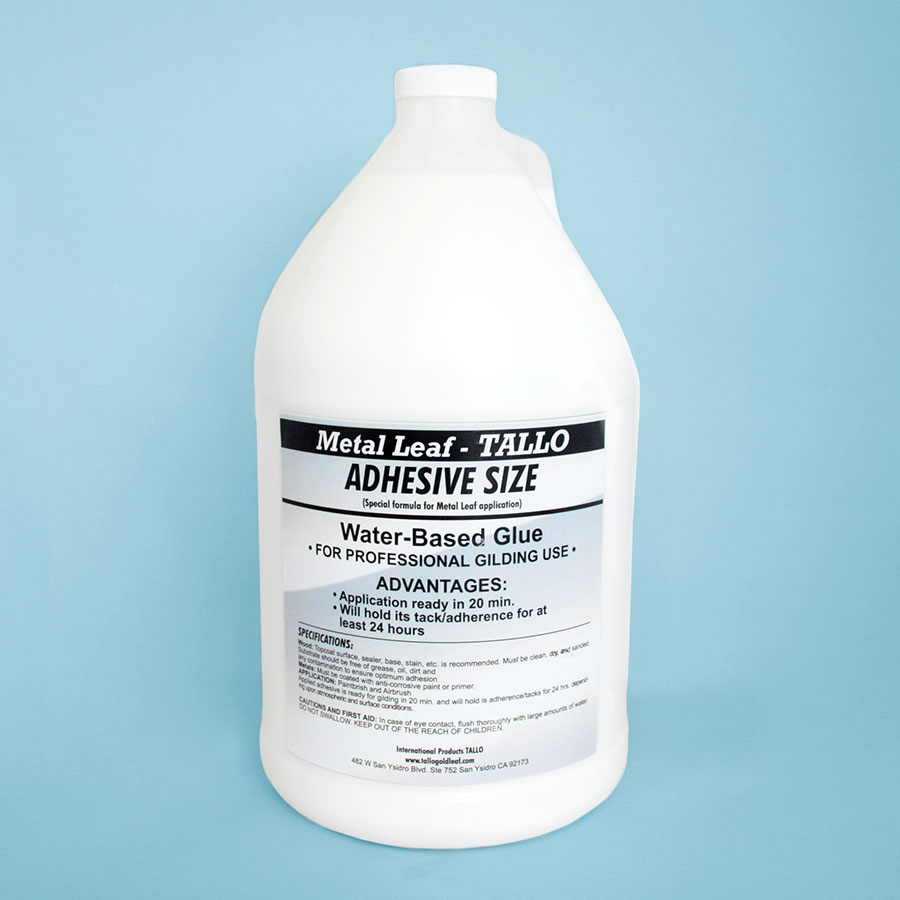
Conclusion
In conclusion, understanding what adhesive is and how to choose the right type for specific tasks is vital for achieving successful results in various projects. Adhesives are essential tools in everyday life, from DIY home improvements to industrial applications. By exploring the different types, properties, and key considerations for adhesive use, you can make informed decisions that enhance your projects.
Whether you’re working on a craft project, building furniture, or embarking on home repairs, the right adhesive can be a game-changer. With this comprehensive knowledge, you are now prepared to select and use adhesives effectively. Explore the wide range of adhesives available on the market, and discover how they can help you achieve your project goals!
